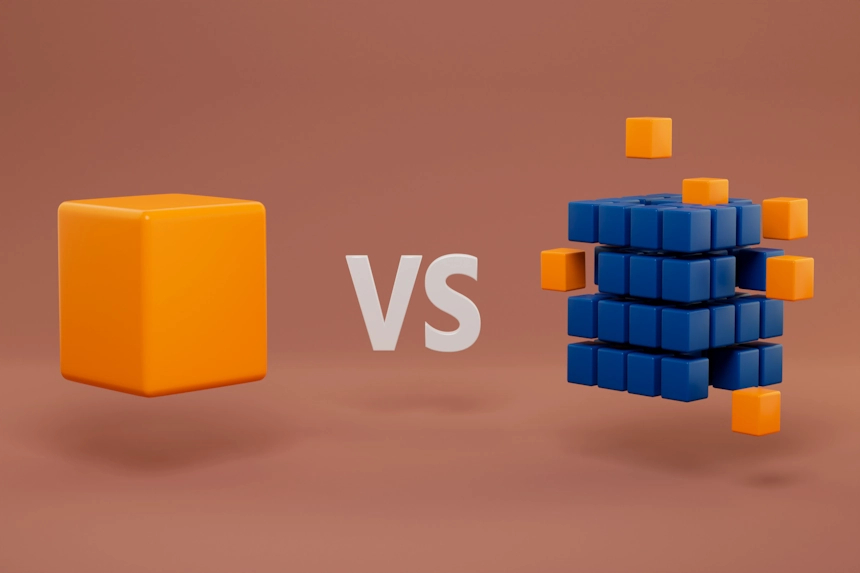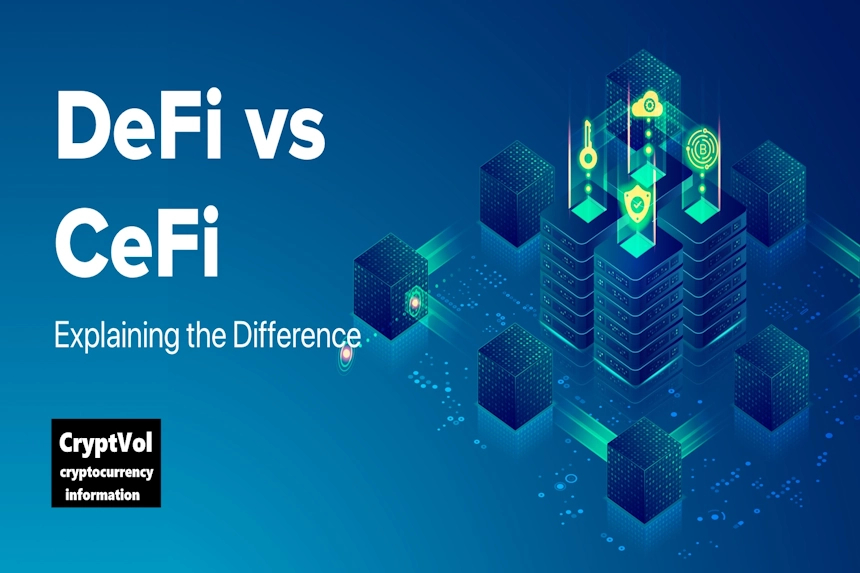The Next Evolution of Blockchain: Modular vs Monolithic Architectures Explained
Discover the difference between modular and monolithic blockchains. Learn how projects like Celestia and Ethereum are shaping the future of scalable, efficient blockchain architecture.
Blockchain technology has come a long way since Bitcoin’s creation in 2009. As networks grow and demand for scalability increases, a new debate has emerged in the crypto world — modular vs monolithic blockchain architectures. Understanding this difference is key to seeing where the future of blockchain innovation is heading.
🧩 What Is a Monolithic Blockchain?
A monolithic blockchain is an all-in-one system where every layer — execution, consensus, and data availability — happens on the same network.
✅ Examples: Bitcoin, Solana, and early versions of Ethereum.
💡 Pros:
-
Simpler design, easier to understand and maintain.
-
Strong security since everything happens on one chain.
-
Fewer points of failure.
⚠️ Cons:
-
Hard to scale as usage grows.
-
Limited flexibility for developers.
-
Upgrades require hard forks or complex network changes.
🧠 What Is a Modular Blockchain?
A modular blockchain separates key functions into different specialized layers — each optimized for performance.
This approach allows the ecosystem to be faster, cheaper, and more scalable.
✅ Examples: Celestia (data availability), Optimism and Arbitrum (execution), Ethereum (settlement).
💡 Pros:
-
Easier scaling through parallel systems.
-
Developers can customize layers.
-
Enables innovation without sacrificing security.
⚠️ Cons:
-
More complex architecture.
-
Requires strong coordination between layers.
⚙️ Why Modular Blockchains Are the Future
The main advantage of modular blockchains is specialization.
Instead of one chain doing everything, each layer focuses on what it does best.
This allows the entire network to grow faster without compromising decentralization or security.
Projects like Celestia, EigenLayer, and Polygon 2.0 are leading this new era of blockchain modularity — building a foundation for next-generation DeFi, gaming, and data systems.
🔍 The Hybrid Future
It’s unlikely that one architecture will completely replace the other.
Instead, we’ll probably see a hybrid model, where monolithic chains integrate modular solutions — for example, Solana connecting with data layers or Ethereum relying on rollups.
The key takeaway:
Scalability and interoperability will define the next decade of blockchain growth.
💭 Final Thoughts
Whether you support modular or monolithic designs, one thing is clear — blockchain technology is evolving beyond its early limits.
For investors, understanding these trends is crucial to spotting the next big opportunities in crypto infrastructure.
Share
What's Your Reaction?
 Like
1
Like
1
 Dislike
0
Dislike
0
 Love
0
Love
0
 Funny
0
Funny
0
 Angry
0
Angry
0
 Sad
0
Sad
0
 Wow
0
Wow
0














